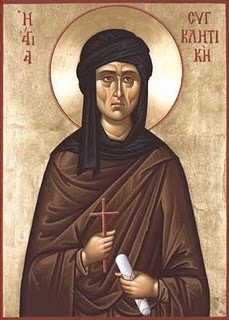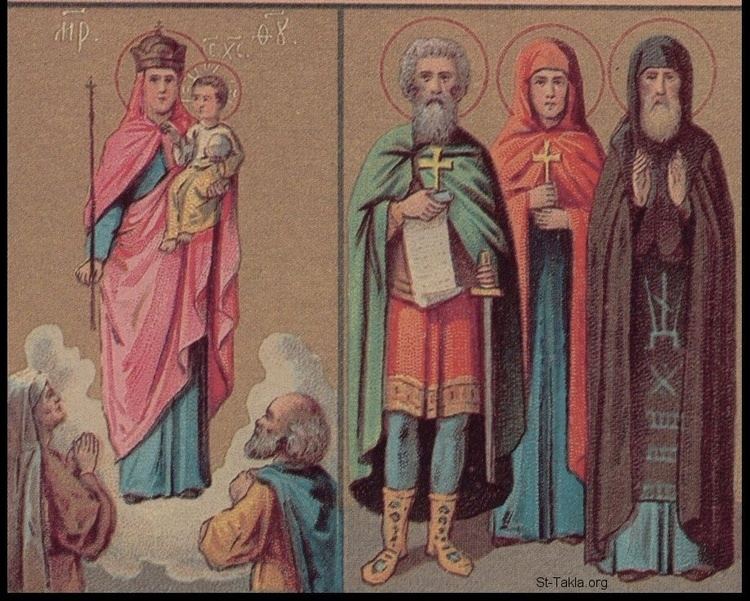

Their assumption of superiority over female monastics exposed their spiritual pride. Once, a group of male monastics visited Sarah with the purpose of humiliating and demeaning her. She was so devoted to prayer during her 60 years as a hermit that, it is said, she never once looked up from praying to take in the panorama of the Nile visible from her hermitage. Sarah was a hermit who lived near Scetis in the northwest Nile Delta of Egypt. Eventually she became the Amma of a community of women near Alexandria, where she was sought for spiritual counsel by many prominent monastics and clergy, including the Patriarch of Alexandria. In line with much of desert monastic wisdom, Syncletica taught that humility is central to the monastic life, “Just as one cannot build a ship without nails, so it is impossible to be saved without humility.”Īs a scion of a wealthy family and widow of a Roman tribune, Theodora began her time in the desert disguised as a man, hiding from any deferment she may have received. Syncletica’s sayings are characterized by a pragmatism that tempered the most extreme displays of asceticism, and a realistic understanding of human nature. The Sayings preserve 27 examples of Syncletica’s wisdom, more than all but seven of the Fathers and Mothers who appear in the collection. Yet, their contributions to monastic wisdom are both significant and in continuity with the tradition as a whole. Forty-two sayings out of just over one thousand are attributed to these women. Of the thousand women monastics whose names were recorded, and the thousands more who remained anonymous, these three were included in the collections of monastic wisdom known as the Sayings of the Desert Fathers. Three excellent examples, worthily deemed Desert Mothers, are Sarah, Theodora, and Syncletica, commemorated on January 5. Their wisdom, spiritual authority, and stature shines through in the early writings about desert monasticism despite more attention paid to their male counterparts. Many thousands of women in the fourth and fifth centuries left home and devoted themselves to prayer in the desert. But the evidence for extraordinary women at the heart of desert monasticism shouldn’t be ignored.

The prevalence of women in the desert hermitages and communities that sprung up in Egypt, Palestine, and Syria in the fourth century is sometimes obscured by the attention that male monastics received in subsequent devotional and historical inquiry. This is appropriate given the instrumental role women had in the foundation of desert monasticism. By my count there are 10 desert monastics of the fourth and fifth centuries represented in Lesser Feasts and Fasts 2018.

One notable feature of the Episcopal Church’s new sanctoral calendar is that saints of the desert monastic tradition are represented to a greater degree than in previous calendars.
#Amma syncletica series#
Lights of the World is TLC‘s occasional series of vignettes about saints who were newly added to Lesser Feasts & Fasts 2018.


 0 kommentar(er)
0 kommentar(er)
